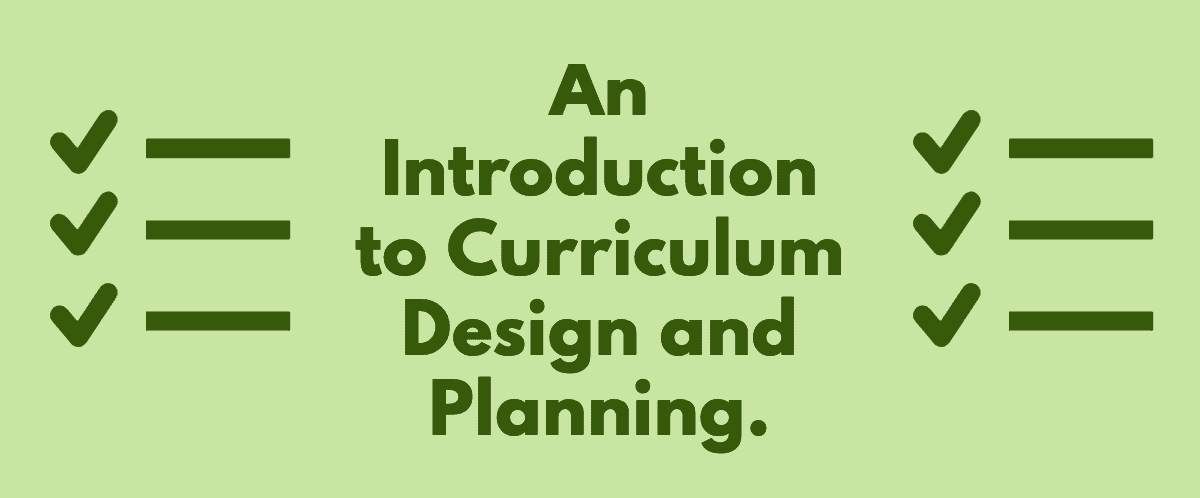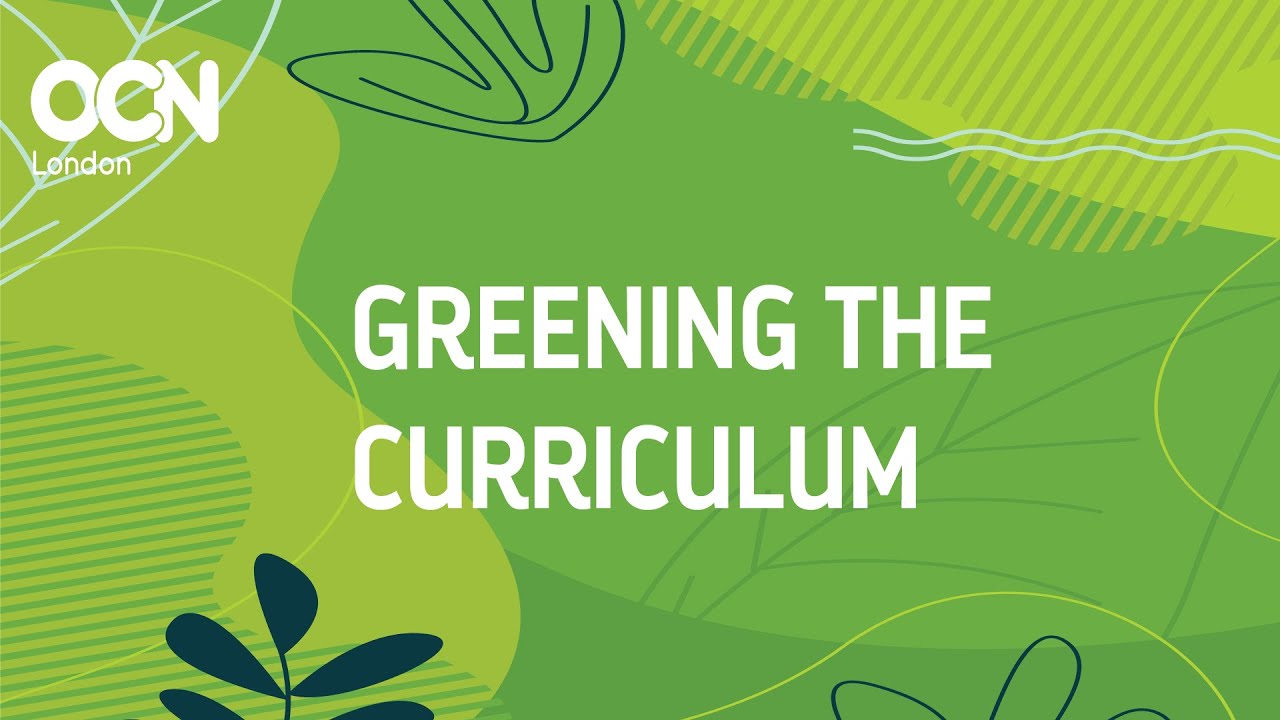Green curriculum design involves developing educational programs and courses that focus on sustainability, environmental awareness, and social responsibility. The following are some steps to design a green curriculum:
- Define the learning objectives: Define the learning objectives and outcomes that the curriculum is intended to achieve. The learning objectives should align with sustainability goals, environmental awareness, and social responsibility.
- Incorporate interdisciplinary content: Develop interdisciplinary content that integrates various disciplines, such as environmental science, ecology, economics, sociology, and political science. This will provide a comprehensive understanding of sustainability issues and their impact on society.
- Use experiential learning: Use experiential learning methods, such as field trips, service-learning projects, and internships, to provide students with practical experience in sustainability issues.
- Incorporate technology: Incorporate technology tools, such as online resources, multimedia content, and simulations, to engage students in learning and to provide access to a wide range of resources.
- Encourage critical thinking: Encourage critical thinking by providing students with opportunities to analyze complex sustainability issues, evaluate competing viewpoints, and develop solutions to real-world problems.
- Emphasize practical skills: Emphasize practical skills, such as project management, data analysis, and communication skills, that are essential for students to become effective sustainability professionals.
- Assess learning outcomes: Develop assessment tools to measure learning outcomes and evaluate the effectiveness of the curriculum. The assessment tools should align with the learning objectives and provide data for continuous improvement.
By designing a green curriculum, educational institutions can provide students with the knowledge, skills, and values necessary to become sustainability leaders and contribute to a more sustainable future.
What is green curriculum?
The term “green curriculum” refers to an educational program or approach that emphasizes environmental awareness, sustainability, and the conservation of natural resources. A green curriculum may focus on a wide range of topics, including climate change, renewable energy, waste reduction, conservation of biodiversity, and sustainable agriculture.
In practice, a green curriculum may involve incorporating environmental themes into a wide range of subjects, such as science, social studies, and literature. It may also involve experiential learning opportunities, such as field trips to nature reserves, outdoor learning activities, and community service projects.
The goal of a green curriculum is to foster a deeper understanding of the relationship between humans and the natural world, and to inspire students to become environmentally responsible and take action to protect the planet.
Need of green curriculum design and development
There are several reasons why designing and developing a green curriculum is important:
- Environmental challenges: The world is facing numerous environmental challenges, such as climate change, loss of biodiversity, and pollution. A green curriculum can help students understand the causes and impacts of these challenges and develop the skills and knowledge needed to address them.
- Sustainability: A green curriculum emphasizes sustainable practices and encourages students to think critically about the impact of their actions on the environment. By teaching students about sustainable practices, a green curriculum can help create a more sustainable future.
- Citizenship: A green curriculum can help students become responsible and engaged citizens who are aware of their impact on the environment and take actions to protect it. This can involve encouraging students to participate in environmental activism and advocacy.
- Career opportunities: As the demand for environmentally sustainable practices continues to grow, there is an increasing need for professionals with a background in environmental science and sustainability. A green curriculum can prepare students for careers in these fields.
- Global perspective: Environmental challenges are global in nature, and a green curriculum can help students develop a global perspective on environmental issues. This can involve learning about different environmental challenges around the world and exploring solutions to these challenges.
Overall, a green curriculum is an essential tool for creating a more sustainable and environmentally aware society. By developing a green curriculum, we can prepare students to become responsible citizens who are equipped to address the environmental challenges of the 21st century.





